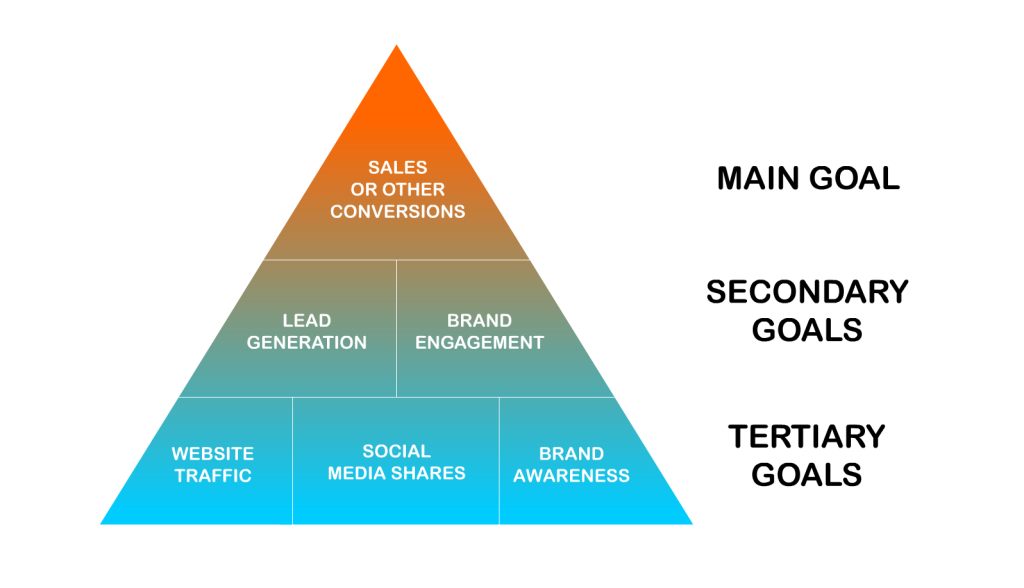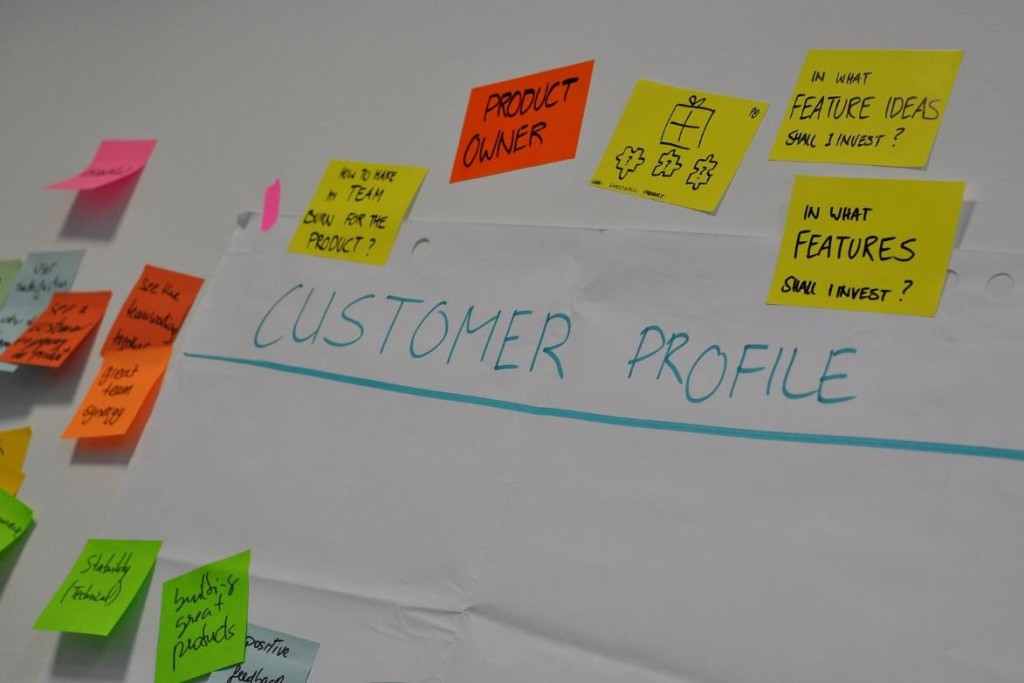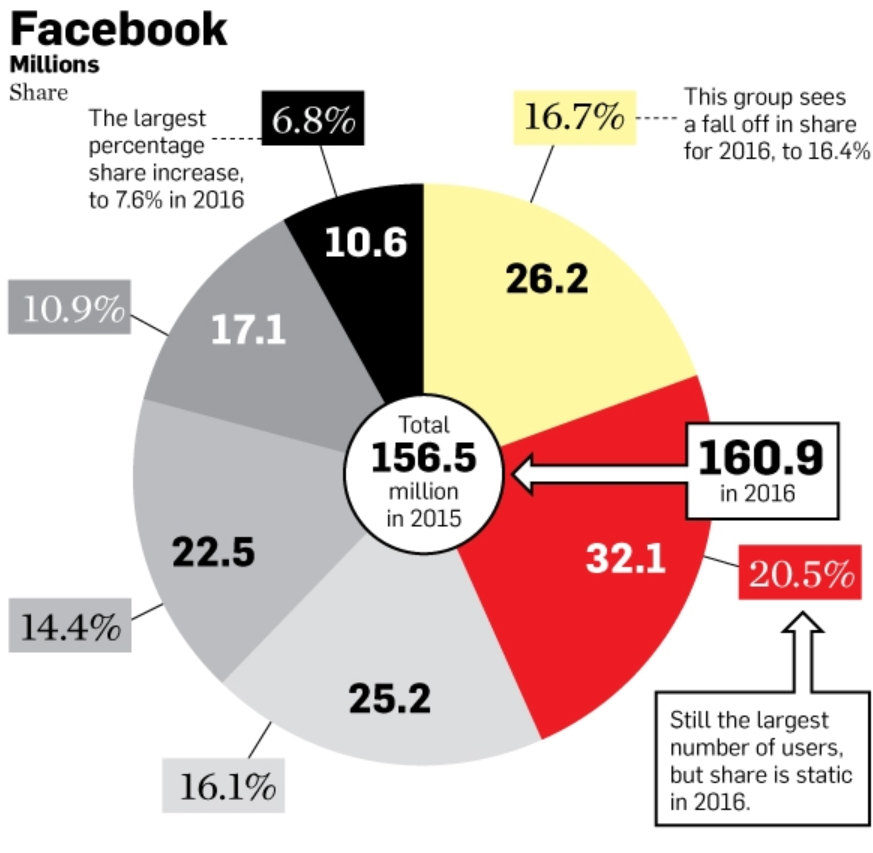Game plans are important.
Having a solid content strategy can often be the difference between a successful marketing campaign and one that drags on endlessly without seeing results.
- Before you start creating content – before you even begin brainstorming ideas for what topics you should cover with your content – it’s vital that you take the time to create a detailed, complete content strategy.
When you’re at the beginning stage, it can often be difficult to know where to start with your plan – especially if you’re excited about creating content and seeing results immediately.
I guarantee you, though: if you follow the steps in this guide and create a detailed strategy before you start content creation, your entire campaign will run a lot more smoothly and will see far greater results.
Let’s look at what you should be doing to make an effective ecommerce content strategy:
Focus on Planning First
Have you ever set out on a long road trip without a map to guide you?
- If you have, you’ll know how, even if you know exactly where you’re going, it’s very easy to get lost.
The same thing can happen when cooking or baking – without a recipe to guide you, it’s all too easy to end up with a sticky, burnt mess.
Content marketing, like all other aspects of marketing and business, requires a clearly defined plan in place to ensure that things go according to plan.
- While it might be tempting to rush into things, without a documented strategy you can end up getting lost quickly.
- If your content marketing isn’t working towards goals and aimed at the right customers, even quality content won’t be as effective as it could be.
There’s plenty of research which proves just how important a documented ecommerce content strategy is.
The Content Marketing Institute has found that:
- 54% of the most effective content marketers have a documented content strategy.
- 48% of content marketers who rank themselves ‘average’ have a strategy, but it is not documented.
Of those who have a documented strategy:
- 60% consider their organization effective at content marketing, compared with only 7% of those who don’t have any form of strategy.
- Statistically, those with a documented strategy find it less challenging to produced engaging content and measure effectiveness than those who either haven’t documented their strategy or who have no strategy at all.
Put simply: having an organized content strategy increases the success of every aspect of your content marketing.
- This is because you know what you need to do, and how you need to do it, to achieve your goals.
So before you start doing any actual content production, it’s crucial that you write down a plan for how you’re going to make your content marketing efforts a success.
Set Realistic Goals
Everything in your ecommerce content strategy should start with your goals.
Goals give you a specific, measurable target to aim for with all your efforts.
- All other aspects of your marketing efforts should flow towards your goals.
- Throughout your campaigns you’ll be able to better measure the return on your investment because you’ll know what you’re hoping to get out of your marketing materials.
There’s no single set of goals that will work for every business and marketing campaign – the specific goals you set should reflect your company’s needs.
The most common goals that businesses rely on in their marketing strategy include:
- Lead generation (59% of marketers set this as their one of their top goals)
- Market education (43% of marketers use this goal)
- Brand awareness (40%)
- Lead nurturing (33%)
While these goals are popular, they might not be the best direction to take with your goals in all cases.
- This is because, with the exception of lead generation, it’s difficult to measure these goals.
- You can measure how much your brand is talked about, but it’s hard to get a solid idea of how much people know about your brand, or how close they are to generating a lead.
The best goals you can use are metrics that can be easily measured and monitored.
These include things like:
- Sales
- Engagement
- Progression through the conversion process.
It’s also important to beware relying heavily on statistics that are easily measured but which don’t tell you much about how customers are actually relating to your company.
- While tracking web traffic and social media shares can be useful, focusing too much of this data can mean failing to support users at all levels of your conversion process.
- You can get distracted by pushing too much to get more people to your website, rather than concentrating on turning existing visitors into sales.
For this reason, conversions should be your primary goal, and it’s helpful to set subsequent goals which point towards this.
Your smaller, measurable goals feed exist to help you achieve your larger goals.
While it’s not always possible to put numbers behind these goals in advance of actually starting your content marketing campaign, it’s useful to give yourself benchmark metrics to aim towards during the initial planning stage.
- For example, set quantifiable targets for the number of sales you want to achieve or the increase in web traffic you’re looking to see.
- These numbers can be changed once you start reviewing your plan if it turns out they’re too high or low.
- You should always make sure you’re working towards a numerical goal that matches the level of success you expect to see.
The goals that you set will influence every other aspect of your strategy, so once you’ve got those right, you’ll know where you need to head with other elements of your plan.
Research Target Audience Thoroughly
After your goals are set, your next step is to make sure you thoroughly understand your target customers.
- I’ve seen so many content marketing plans that suffer from a lack of direction, aiming at completely the wrong audiences.
It’s very common to see a scattergun approach to target audiences, with marketers hoping to attract people of all walks of life in the hope that a small percentage of website visitors will stick around.
- If you’re looking to get as many people as possible to your site, it’ll be difficult to weed out who is actually interested in your products.
- Instead, it’s better to closely focus on the potential customers who actually stand a chance at converting, so that you can tailor your content directly to the right people.
Different types of customers will have different needs from your content. So you want to get to know exactly who’s going to be interested in your product.
- If you’re an established brand, you can pull research data from your existing pool of customers.
- Otherwise, you’ll need to rely on market research to get a better understanding of who will want to buy your products.
It’s important to note that there’s probably not one single demographic to whom your product applies, and reaching out to a variety of different audiences can help find new niche customers bases for your products.
One trick that a lot of marketers use is creating fictional customer biographies for the kinds of people who might buy their products.
This will include things like:
- Their age and gender
- Their interests, professions and personal circumstances
- The existing brands that they like and regularly purchase.
Creating these profiles can give your content marketing team a specific person to aim their marketing at, in order to make sure that content is perfectly designed to match what your customers will need.
Creating multiple profiles for different potential customers will ensure that your content meets the needs of as many different types of customers as possible without getting too ‘scattergun’ and failing to provide enough depth for any single group of users.
Your customer research should be at the heart of all content you produce, and should inform other aspects of your ecommerce strategy.
For example:
- If your potential customer base is younger and technically minded, you should be using different social media tools to if they’re less interested in computers or don’t own smart phones.
- Depending on the news outlets or internet communities your users frequent, you should tailor your content to fit in around the culture and editorial style of these online meeting places.
Through carefully matching your content strategy to the right customers, you’ll see far more success than you would without a clear, documented plan to draw in people who’ll be interested in your brand.
Check Out Your Competitors
In connection with the above point, it’s useful to not just research your customers, but also the other forces in your market.
- This can mean looking specifically at your target customers and which brands they associate with.
- It also means looking at other companies that provide similar products and the way that they’re engaging with audiences.
Competitor analysis is important for two major reasons:
- It can show you audiences, demographics and content forms that you might otherwise overlook
- It will show you what to avoid – what types of content and marketing are already in use by other companies which will make it harder to compete.
Ideally, your content will take the good lessons from your competitors without aping their style, and will be different enough to turn heads whilst still being relevant to the right kinds of people.
Create a detailed breakdown of all your competitors, including an analysis of what works well from their campaigns and what is less successful.
You’ll use this to inform what types of content you create, and how to avoid the pitfalls that damage your competitors’ success.
Plan Out Your Content Journey
To make sure that your content strategy is focusing on all aspects of your conversion process, it’s important to plan out the journey that your customers will take on their road to conversion.
- Plenty of companies simply use their content marketing to get potential leads to their website, and then fail to provide the full support their visitors need to help them towards making a sale.
It’s not enough to support the top level of your conversion funnel, just as getting as many people as possible to your website isn’t the most effective use of your content.
Instead, you need to draw out a clear plan for how a new potential lead will experience your brand’s marketing campaign.
This includes:
- First becoming aware of your brand
- An initial visit to your website
- Learning more about your company and products
- Engaging and interacting with your brand and company
- Resolving concerns that might prevent customers from converting
- Making a first sale
- Using your products for the first time
- Creating a pattern of purchasing behavior with multiple sales
- Sharing your brand with others
Your content strategy needs to include a plan for each stage of the customer conversion process, detailing what content you’ll provide to help customers move through each of the above stages.
It’s important to give proper support at each stage so that customers don’t get lost or lose interest in your brand.
Making plans for all of these stages will help you identify what types of content you need to produce, how you can improve the flow of your website design, and how to create not just one-time customers, but lasting repeat users of your products.
Choose Content Types and Styles
Based on your goals, your customer profiles, your competitor analysis and your plans to support customers throughout the conversion process, you should have a fairly good idea of what your target audience will need from your content marketing campaigns.
Depending on the audience you’re looking for and what their concerns might be, you’ll want to try very different types of content, including:
- Blog posts (the average blog reader is 41 years old)
- Videos (74% of millennials prefer video content when making purchasing decisions)
Every type of content will appeal to a different type of audience, so choose carefully which media formats you prioritize.
What’s more the style of your content will also depend on your audience and their needs at different stages of the conversion process:
- Short or bold visual content is powerful for initially creating interest in your brand
- Longer content, both blog posts and videos, will be more useful later in the conversion journey as potential customers get closer to a sale and want to learn more about your products.
The tone of your content – the elements of visuals or language that you rely on – will also differ depending on what kind of audience you’re looking to appeal to.
- Keeping a consistent tone is important to maintaining your brand voice
- You want to speak to your audience in a way that they’re familiar with that doesn’t come across as patronizing.
- That said, some of your content can be more relaxed – such as social media and blog posts – while others ought to be more professional and have a higher production value, such as videos.
- Regardless, all content should definitely maintain your brand ‘feel’ so that customers are aware they’re dealing with you no matter what content they’re seeing.
To ensure that your content meets your needs based on your goals and customer profiles, your ecommerce content strategy should include detailed answers to the following questions:
- What content types will be used, and in what circumstances?
- What will be your brand’s signature style and trademarks?
- What types of language will you use, including visuals and vocabulary?
- What content will you use at different stages of the conversion process to meet user needs?
Be as thorough as possible in answering these questions, and refer to your answers whenever deciding on the direction for a specific piece of content.
Analyze Social Media Presence
In conjunction with your plan for the types of content you’re going to produce and how you’ll gain the attention of your audience, it’s also beneficial to plan out which types of social media you’re going to prioritize.
Each social media platform appeals to different audiences:
- Facebook works best for older users – 2% of all Facebook users are over 35.
- Instagram has a very young audience – nearly 60% of Instagram users are under 35.
- Pinterest is more viewed by female users – 42% of all women use Pinterest, compared with only 13% of all men.
Depending on the level of social media engagement that your target audience typically makes use of, you’ll want to decide on which platforms are the most useful to your campaign.
Every platform has its own benefits:
- Twitter and Tumblr have a culture focused around reposting, helping content to travel further
- Facebook has a large native audience and is regularly used.
Every brand will have different needs, so make sure you pick the social media tools that will best resonate with your audience and will be most effective at sharing your content.
Develop Your Editorial Calendar
It’s important to decide in advance what kind of schedule you want to put in place.
This helps to:
- make sure your content is consistent and regular
- ensure that your campaign reaches the highest level of quality whilst also featuring as much content as possible.
One of the biggest problems facing content marketers is the challenge of creating high quality content on a regular schedule – 60% of B2B marketers find it hard to keep up with engaging content needs.
If you don’t have a set plan in place for how often you’re going to publish content, you won’t have specific content creation goals to work towards, and you won’t drive as much engagement.
- The frequency of publishing for all your different types of content
- When you’re going to post on social media, and how often you’ll check in to engage with customers
- When you’ll work on developing different types of content to ensure that your content publishing goals are solid.
Your plan should work in line with the wider content marketing metric goals you’ve set yourself, as well as paying attention to when your target audience will be most likely to see and engage with your content.
Review and Alter Regularly
Finally, we come to perhaps the most important step in your content strategy guide.
- Don’t be fooled: just because it’s the last step, it doesn’t mean it’s not crucial to your success.
- If anything, this step will take the most time and will be vital in ensuring that your long term content efforts go well.
You need to take regular time to review your content strategy.
- Compare your recent progress against your goals, and against previous successes.
- Look at what type of content is performing well and what’s not living up to your expectations.
- Plan out how you can make better use of content or introduce new types of content to your existing strategy.
- Where necessary, alter your goals to reflect your recent progress in your campaign, so that all your targets are both achievable, but also help to stretch you to do better.
Believe me when I say that it’s incredibly important you consistently, regularly and frequently review your content strategy and make changes where necessary.
Those marketers who regularly review their plans report seeing fantastic benefits:
- 44% of marketers meet to review their content marketing strategy every week.
- 89% of B2B marketers consider these meetings to be valuable in aiding their content marketing activities.
Aside from everything else, regularly reviewing your goals means that they’re firmly fixed in the minds of all your content marketing team.
All content will follow the correct style, tone and goal if everyone is being regularly reminded of what their aims should be.
Through using these steps, you can build an effective ecommerce content strategy that will ensure that all of your content does the best job of drawing customers to your business.
What lessons have you learned from your own personal content strategy? What do you think is the most important step in this process? Share your thoughts in the comments below:
Images: Pixabay, Pixabay, Pixabay, Flickr, Pixabay, Flickr, Wikipedia, Pixabay, Pixabay, AdWeek, Pixabay, Pixabay, Pexels.














